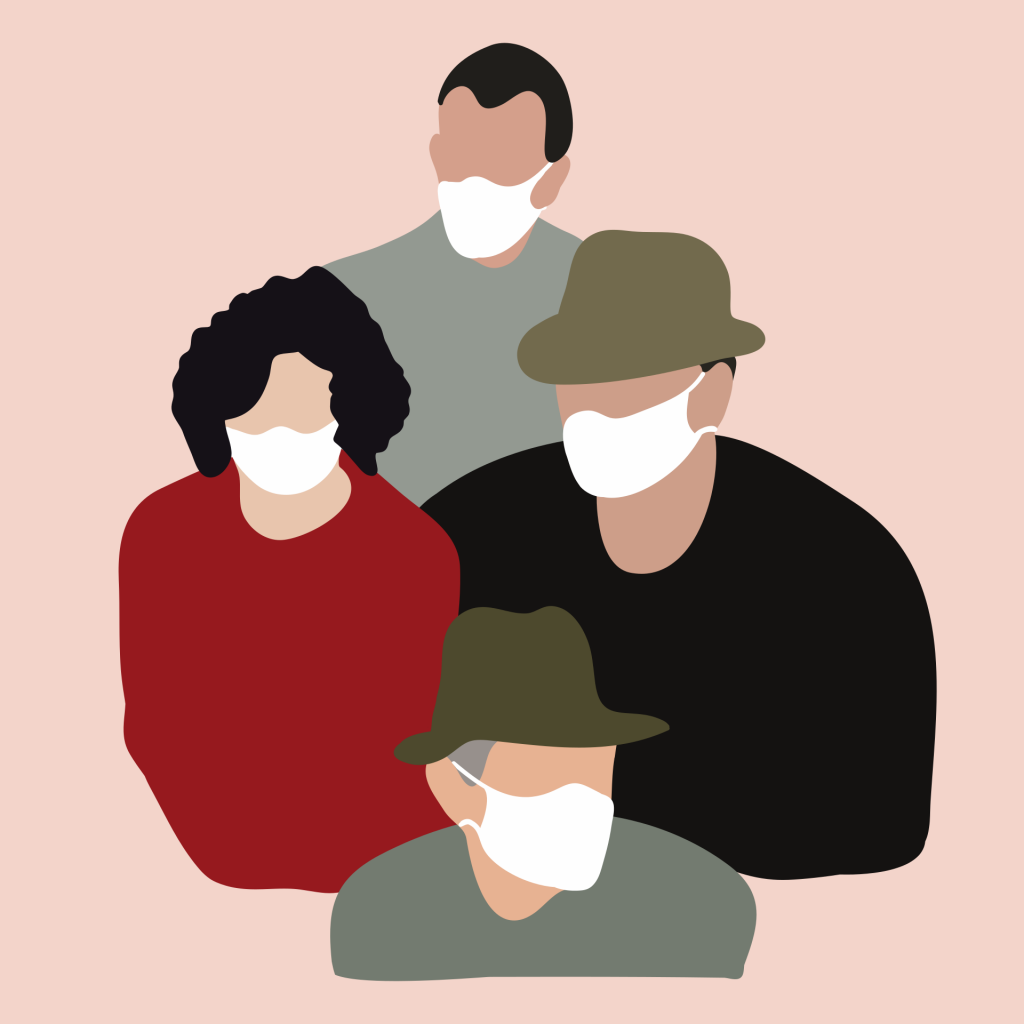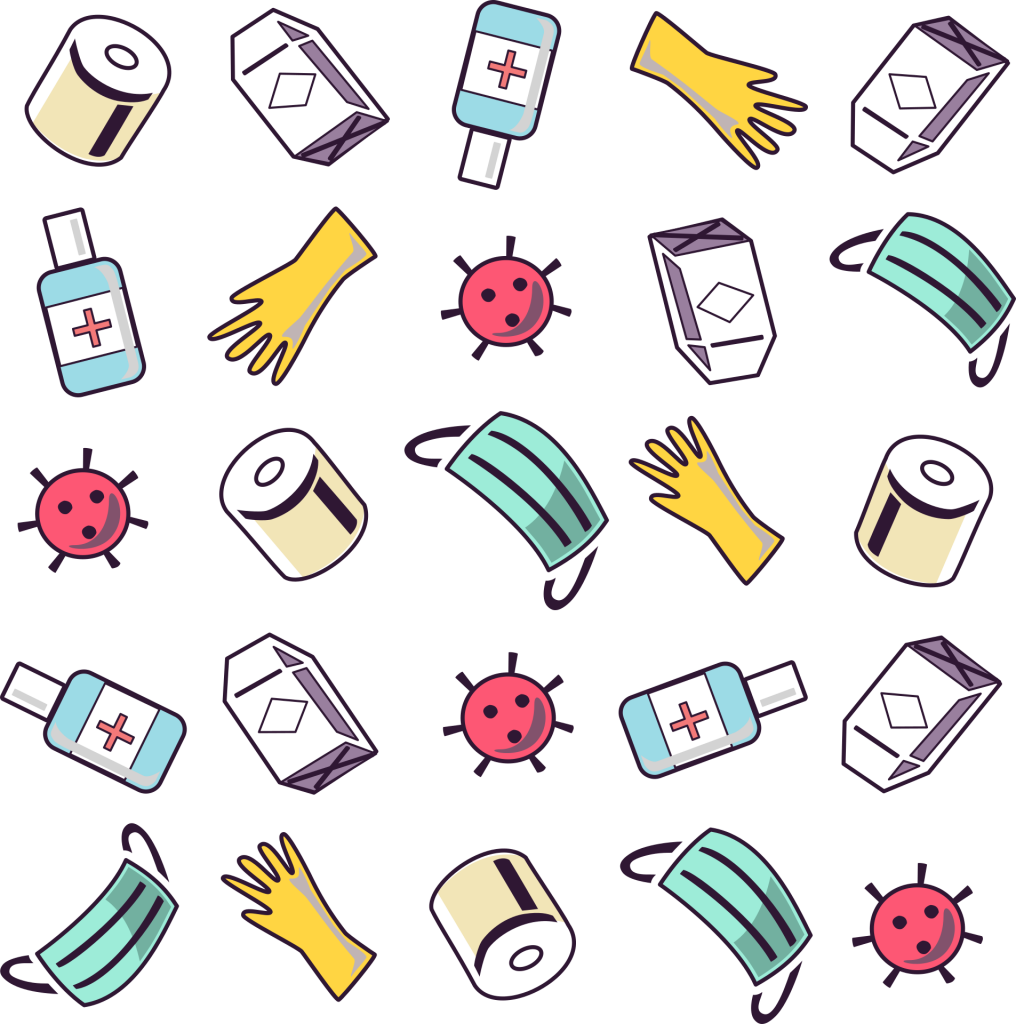
Gender inequalities are widened during pandemics, yet policies and public health efforts fail to reflect this1. These inequalities are also evident in the COVID-19 pandemic where women carry higher vulnerability to the physical, mental and economic impacts of this outbreaks2. Although data for COVID-19 show similar numbers of confirmed cases in men and women in most countries which have provided data3, it should be noted that many lower- and middle-income countries (LMICs) have no available COVID-19 sex-aggregated data and gender inequalities tend to be more prevalent within these regions 4. However, data do suggest that men develop more severe cases of COVID-19, hence, have higher death rate5. Reasons for this could be due to higher rates of smoking in men compared to women6. Although death rates appear to be higher in men, the issues faced by women during this pandemic go beyond the primary health impacts of COVID-19 and it is crucial that such secondary impacts, such as less publishing by women in STEM7 to sexual and reproductive issues, are investigated to produce equitable interventions worldwide.
Women make up around 70% of the world’s global health and social sector workforce already putting them at an increased risk during pandemics8. However, women are also the primary caregivers and take on the role of providing health care within their families, particularly in low- and middle-income countries1. Such roles are often socially constructed in societies and cultures which view the role of women to be housemakers1. This places women in a position where social distancing measures are not an option, and many lack the appropriate resources and equipment to be able to safely care for their family during outbreaks. Women in developing countries are disproportionally affected due to limited education and literacy. Literacy rates are among the lowest in West and Central Africa and in South Asia9. Females making up 59% of the illiterate youth population worldwide9. Thus, health information is not comprehended or implemented by many women. Nevertheless, policies and guidelines introduce universal public health measures, such as social distancing and lockdown, which fail to recognise the unique needs of women and may negatively impact them if they are not implemented appropriately.

The COVID-19 pandemic has disrupted access to essential services such as sexual and reproductive health and gender-based violence services10. With lockdown in many countries, women are vulnerable to gender-based violence trapped at home in abusive relationships, which may be exacerbated by the increasing financial difficulties caused by job loss. Reports around the world show a surge in domestic violence rates. In South Africa, authorities state there were around 90,000 cases of violence against women during the first week of lockdown11. Countries like Lebanon, Malaysia, China and France are all witnessing a rise in the number of calls for help from homes. This, along with counselling and support systems being striped back to due resources being funnelled towards emergency care, may result in detrimental physical and mental health impacts on women.
Such abuse often includes sexual violence resulting in unplanned pregnancies bringing its own set of challenges. Pregnancy puts women at an increased risk to infections due to immune and anatomic alterations and more frequent hospital visits12. However, globally, women may fear going to antenatal clinics compromising their health during pregnancy and the health of their unborn baby. In rural areas of low- and middle-income countries antenatal care is commonly provided by non-governmental organisations. During pandemics, restrictions on travel and movement nationally prevent such organisations to provide effective care for pregnant women in rural areas. The Ebola epidemic in 2014-2016 saw a reduction of access to antenatal care by 50% and 18% in Liberia and Sierra Leone, respectively13,14. There was a 34% increase in the facility maternal mortality ratio in Sierra Leone13. If governments and global health institutions do not act fast and put in place appropriate services for women, the COVID-19 pandemic may see similar devastating results in maternal health. Further analysis is required on gender and maternal health impacts of COVID-19, with increased efforts to collect data and implement socially and culturally appropriate strategies for the most vulnerable in developing countries.
Want to read more? Click on the links below!
1. Overcoming the ‘tyranny of the urgent’: integrating gender into disease outbreak preparedness and response.
2. COVID-19 requires gender-equal responses to save economies.
3. Sex, gender and COVID-19.
4. Girls’ hidden penalty: analysis of gender inequality in child mortality with data from 195 countries.
5. Gender and COVID-19: Advocacy brief.
6. Why are men more likely to get worse symptoms and die from COVID-19.
7. Are women publishing less during the pandemic? Here’s what the data say.
8. The COVID-19 pandemic could have huge knock-on effects on women’s health, says the UN.
9. UNICEF Literacy Data.
10. Women, girls, health workers must not be overlooked in global COVID-19 response.
11. Global Lockdown resulting in ‘horrifying surge’ in domestic violence, U.N. warns. NPR.
12. Maternal health care management during the outbreak of coronavirus disease 2019 (COVID-19). doi: 10.1002/jmv.25787
13. Effects of the 2014 Ebola outbreak on antenatal care and delivery outcomes in Liberia: a nationwide analysis. doi: 5588/pha.16.0099
14. Women and babies are dying but not of Ebola: the effect of the Ebola virus epidemic ion the availability, uptake and outcomes of maternal and newborn health services in Sierra Leone.
By Nafisa Insan
I am a PhD student in Population Health Sciences researching global maternal mental health. I am also on the committee for Students for Global Health Society.